What is a closet? A closet is a structure or an enclosed space that is designed to store properties, particularly clothes. They help us keep our living space tidy and reduce the distraction from our home decor while still providing us access to items we need routinely. There are different types and styles of closets available on the market today to meet your storage demands, whether it be clothes, shoes, jars, food, or utilities.
Today, I will discuss different types of closets to assist you in choosing the right one for your home. So, without taking much of your time, let’s dive right into it.
Different types or styles of closets
1. Walk-In Closet
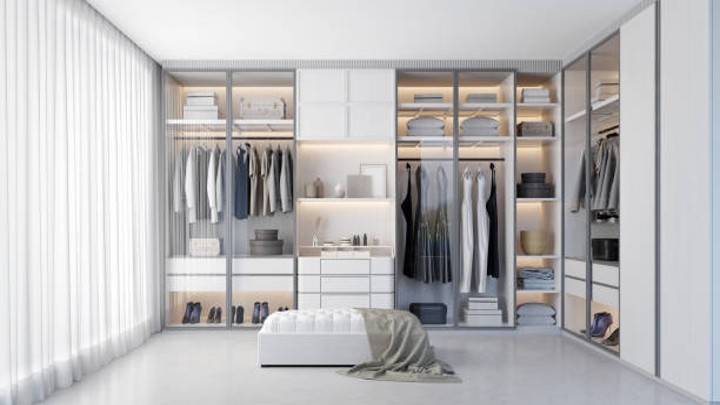
Starting this list is the top choice among many homeowners looking for the maximum amount of space for storage. Walk-in closets are built to look like another room where you can store clothes, shoes, accessories, and more. It is basically defined as a closet space one can walk in comfortably, hence the name “walk-in closet”.
Benefits of a walk-in closet
- Walk-in closets can be used to store random things and not just clothes
- Customizable as much as you want (can install a mirror, hair dryer, etc.)
- Walk-in closets can be used as a private spot to get dressed
- Walk-in closets can be used as a personal den to have some me-time
- Organizing and retrieving stuff is a breeze
2. Reach-in closet
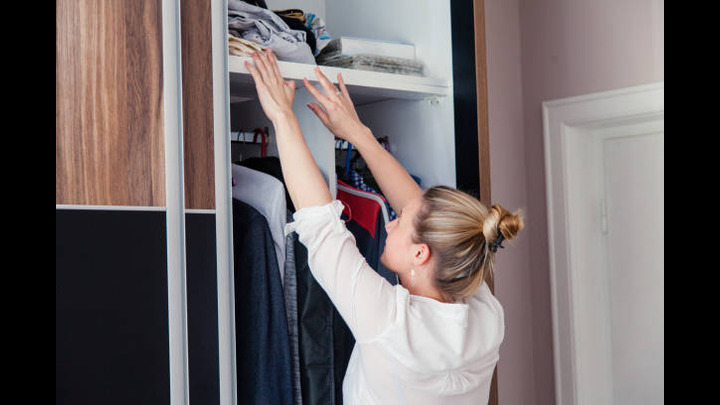
Reach-in closets have been around for a while and are still widely used today. It serves as an alternative for homeowners who do not have the space for a walk-in closet since reach-in closets are considerably smaller in size. Reach-in closets are built to provide space for hanging clothes by a rod and an open shelf above that also provides storage for baskets of miscellany, shoes, or accessories.
Benefits of a reach-in closet
- Perfect for combining various storage options
- Reach-in closet can be utilized to store various items, ranging from jewelry, accessories, and lingerie to important documents
- Does not occupy space as much as the walk-in closet
3. Armoires or Wardrobes
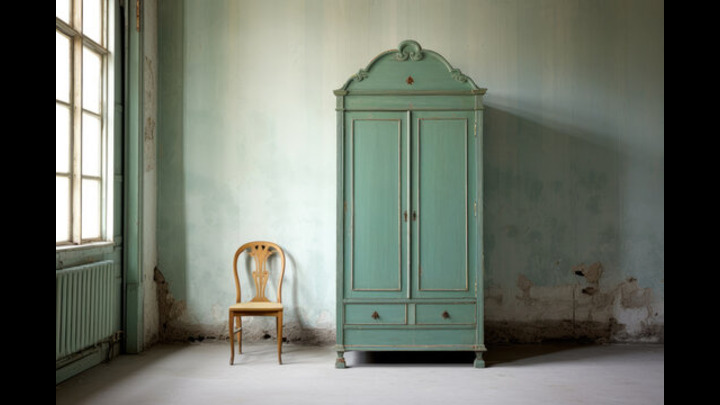
An armoire or wardrobe closet is a free-standing closet that is not tethered to or built into the home. It is procured from a furniture store or built per your requirements. They are typically made from wood, come in a variety of shapes and sizes, and can also serve a number of dynamic purposes in the home.
Benefits of an armoire or a wardrobe closet
- Portable and can be moved around to any part of the house that it is needed
- Smaller versions can also be used in the dining space to store cutlery, crockery, and other tableware
- You can place artifacts and artwork on top of them to add ambiance to the room
4. Linen Closets
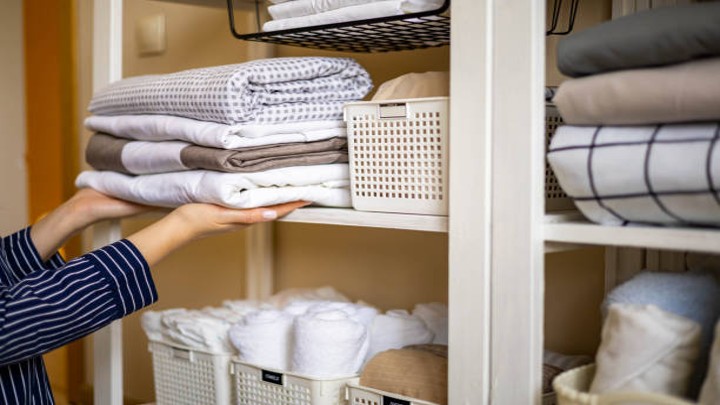
A linen closet is basically a smaller version of the reach-in closet and you will mostly find them in hallways between bathrooms and bedrooms. They are used to store towels, spare sheets, guest pillows, extra blankets, bathroom supplies, etc. This type of closet will likely have either hinged doors, bifold doors, or be doorless to allow for easier access.
Benefits of linen closets
- Used to store a variety of things
- Optional security accessories could be added in order to store valuables
- Items are easily identified
5. Pantry
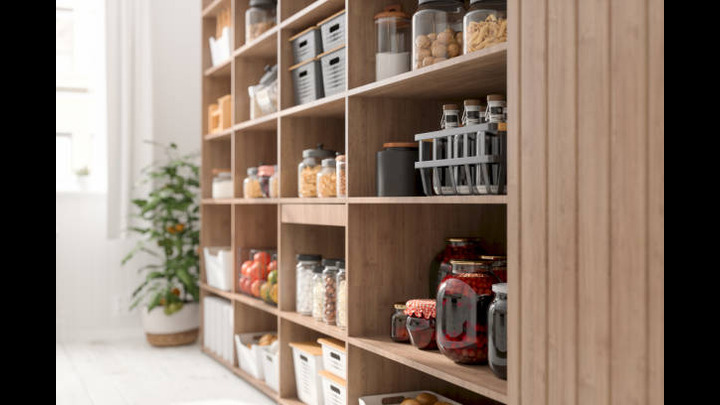
Not all closets are built to store clothes, some are designed to serve other designated purposes. A pantry is a closet designed to store perishable foods and culinary equipment. You will commonly find pantries in the kitchen, basement, or any other dry spot in the home.
Benefits of a pantry
- Pantries can be used to store perishable food and culinary
- They make a statement
- The door space can also be utilized
6. Utility Closets
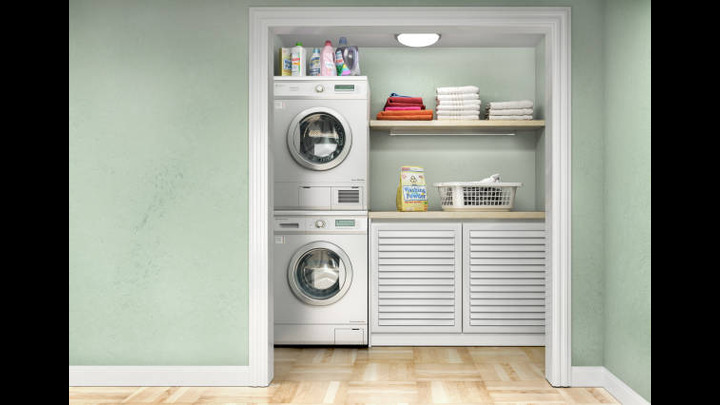
A utility closet is more like a reach-in closet but is not used to store clothes, food, or linen. Rather, a utility closet is used to house items that are less visually pleasing. This includes items like; paint cans, boxes, chemicals, suitcases, vacuum cleaners, boxes, hammers, crafting tools, etc. Utility closets are often placed in the mudroom, basements, near the entrance of the garage, or in hallways.
Benefits of the utility closet
- It is a great place to store items you rarely make use of
- Utility closets can be used to store items that you don’t want guests to see
- Utility closets can be used to store items that are sensitive to moisture
FAQs
How many closets should a house have?
There is no fixed amount of closets a house should carry, however, many contractors will recommend having a closet for each bedroom and two extra (utility and pantry).
How big is a reach-in closet?
Generally, a reach-in closet can be anywhere from 3 to 8 feet wide with a depth of 24 to 30 inches.
How big is a walk-in closet?
A walk-in closet can be anywhere around seven by ten feet or have an area of 100 square feet.
Why are closets important?
Generally, a closet makes it easy to keep clothes fresh and pressed, and store shoes, jewelry, kitchen culinary, and other items that if left sitting, make the home untidy.
Wrapping things up
So, that concludes our list of the different types and styles of closets to consider for your home or next remodeling project. As we have mentioned, closets aren’t just a place to keep stuff you don’t want to throw out, they do a lot more. They are also an excellent way to get the most out of available spaces in your home, whether small or big.
There are various types of closets available to homeowners today and each has its unique benefits and location it is most preferred. See some of our completed projects and the type of closet they feature. Get in touch with the professionals today let’s get your job done right.
Thanks for reading.